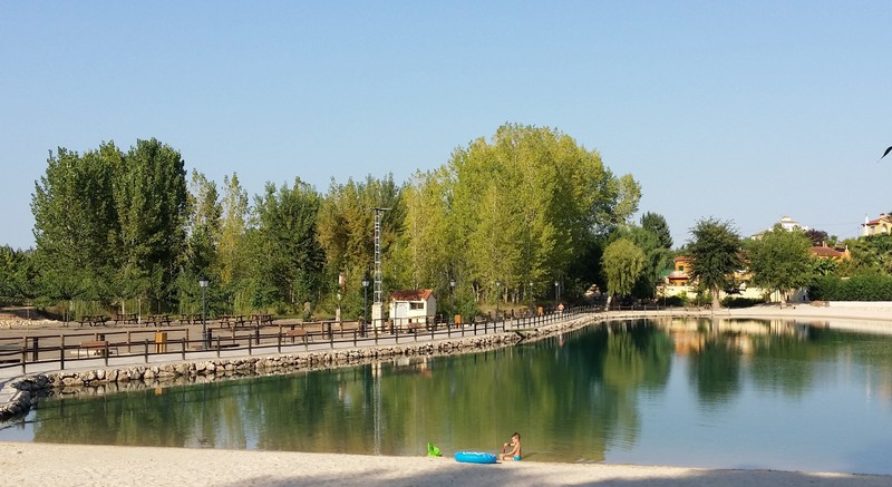This website uses cookies so that we can provide you with the best user experience possible. Cookie information is stored in your browser and performs functions such as recognising you when you return to our website and helping our team to understand which sections of the website you find most interesting and useful.
Tourist Info Anna
- Calle Mayor, sn Anna Valencia 46820
- 616 551 877
- anna@touristinfo.net
- Tuesday to Saturday 10:00 a.m. to 2:00 p.m. and 3:00 p.m. to 6:00 p.m.
- Sundays and holidays 10:00 a.m. to 2:00 p.m.
- Monday closed
Tourist Info Quesa
- Av. Valencia, 64 Quesa Valencia 46824
- 962 25 61 42
- quesa@touristinfo.net
- Tuesday to Saturday 10:00 a.m. to 2:00 p.m. and 3:00 p.m. to 6:00 p.m.
- Sundays and holidays 10:00 a.m. to 2:00 p.m.
- Monday closed











